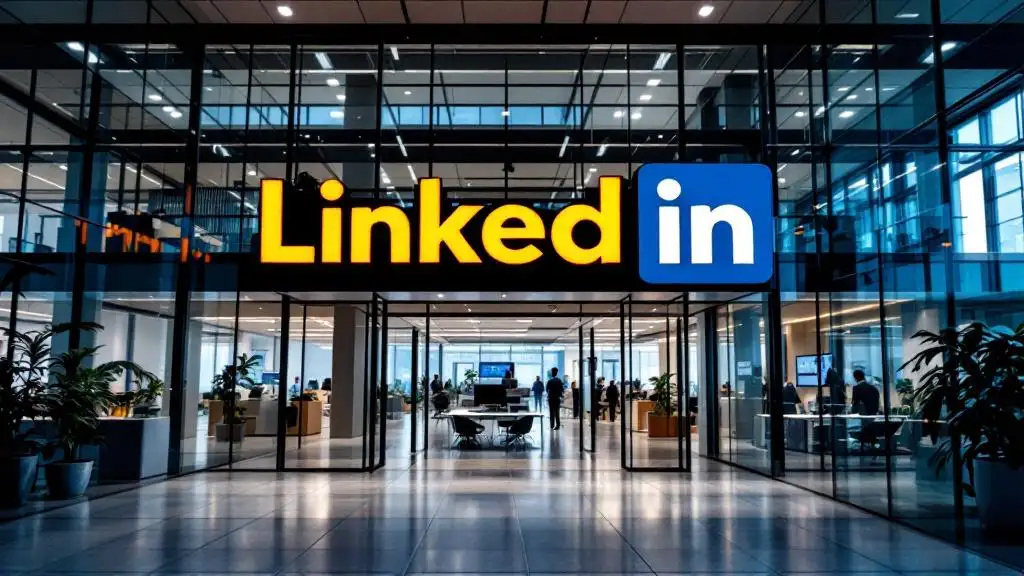Assisted Living Facility SEO Tips: Boosting Your Online Presence
When people search for assisted living facilities in your area, they are more likely to click on the first few results that appear on the search engine results page (SERP).
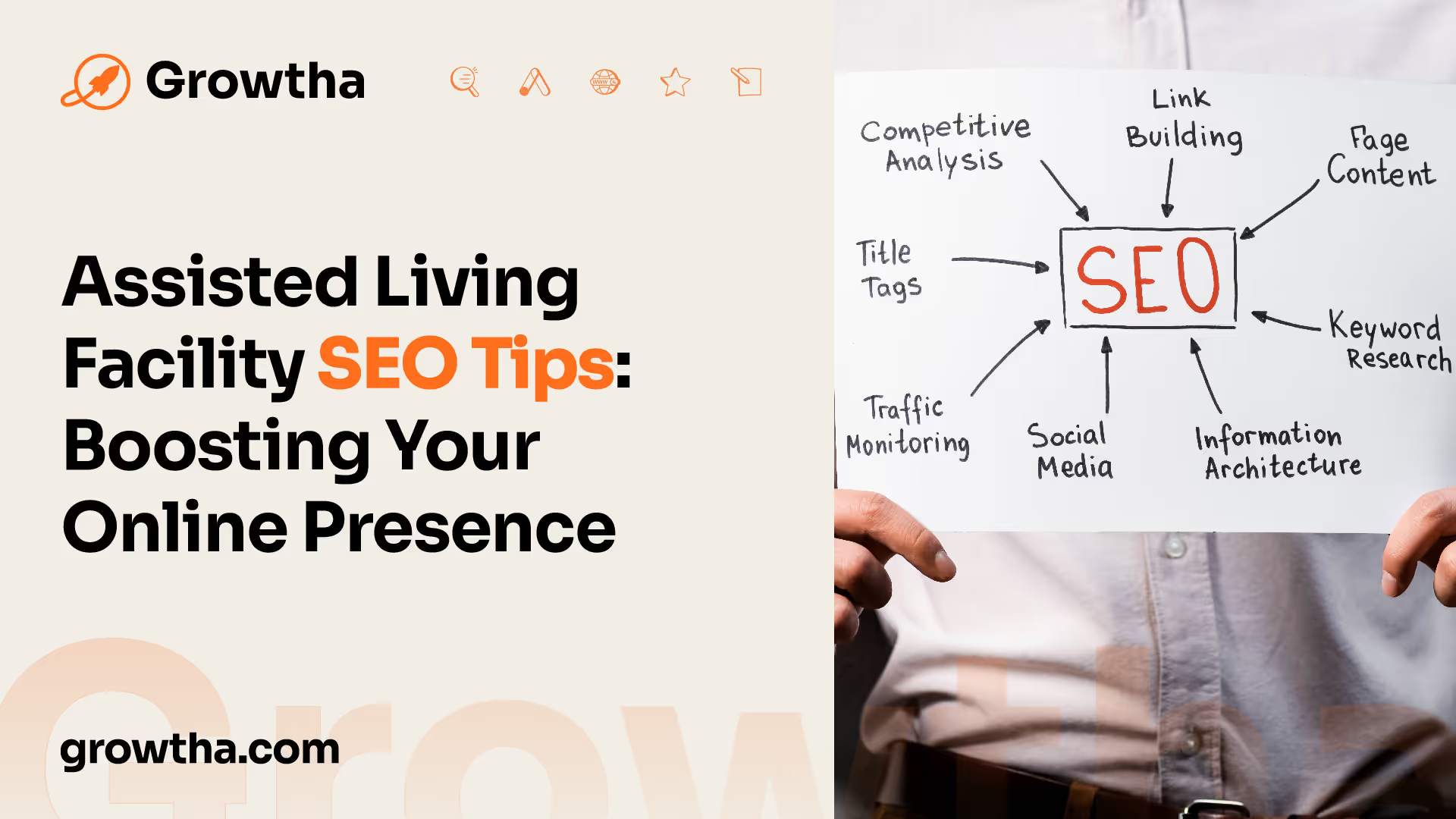

Assisted Living Facility SEO Tips: Boosting Your Online Presence
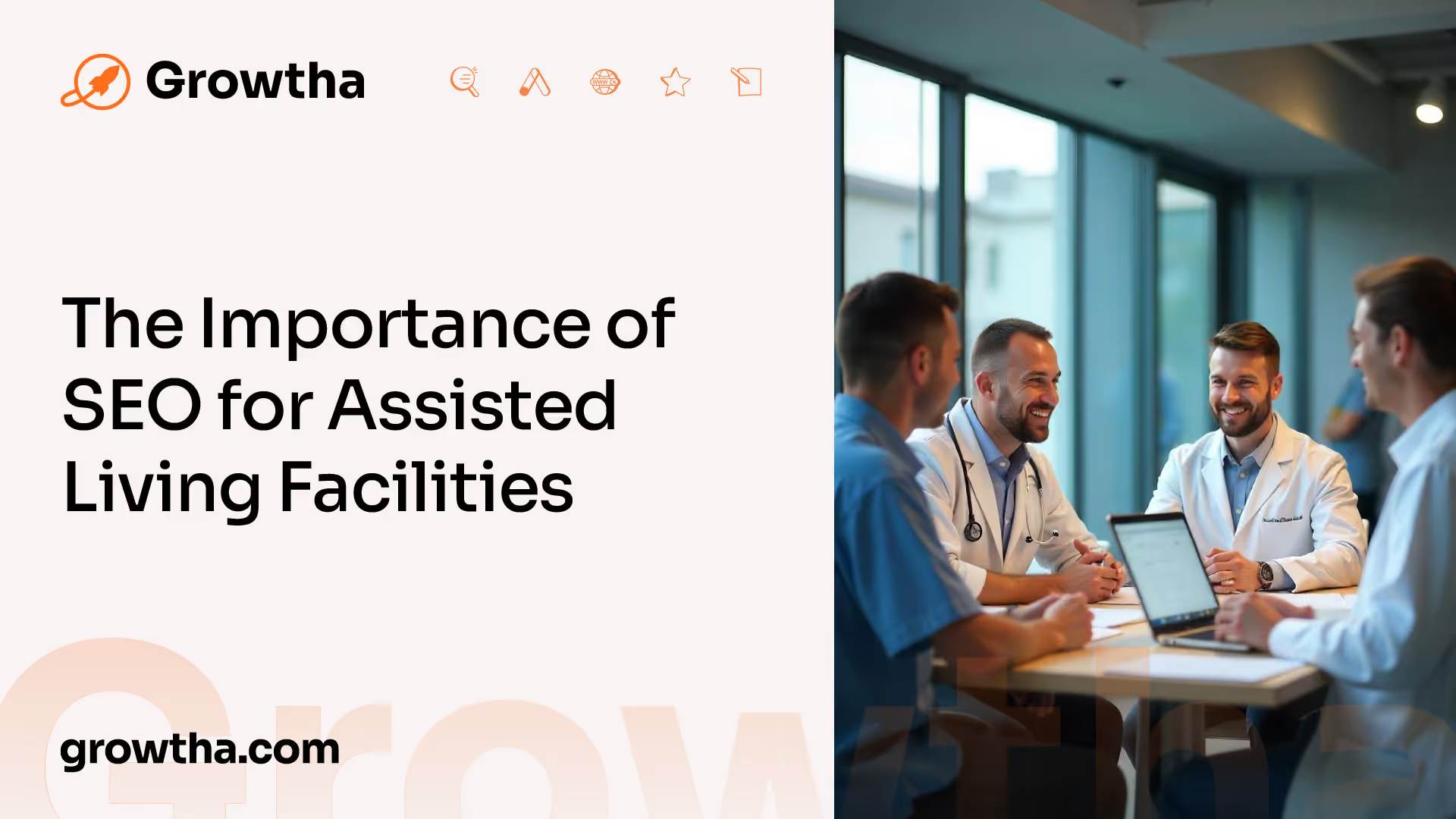
The Importance of SEO for Assisted Living Facilities
In today's digital age, having a website is not enough. Your website must be optimized for search engines to increase your online visibility and attract potential residents and their families. When people search for assisted living facilities in your area, they are more likely to click on the first few results that appear on the search engine results page (SERP). Therefore, it's crucial to ensure that your website appears at the top of the SERP.
SEO can help you achieve this goal by improving your website's visibility and ranking on search engines. By optimizing your website with relevant keywords and phrases, creating high-quality content, and building backlinks from reputable sources, you can increase your chances of appearing at the top of the SERP. This will not only help you attract more traffic to your website but also improve your credibility as a trusted assisted living facility.
Moreover, SEO can also help you target specific demographics and geographical locations. For instance, if you offer specialized services such as memory care or hospice care, targeting specific keywords related to these services can help you reach potential residents who are looking for these services in their area.
Overall, investing in SEO is a smart move for any assisted living facility looking to boost its online presence and attract more residents. By implementing effective SEO strategies, you can improve your visibility, credibility, and ultimately drive more conversions for your business.
Keyword Research for Assisted Living Facilities
In order to optimize your assisted living facility's website for search engines, conducting keyword research is a crucial step. By identifying relevant keywords and utilizing long-tail keywords, you can attract targeted traffic and improve your facility's online visibility.
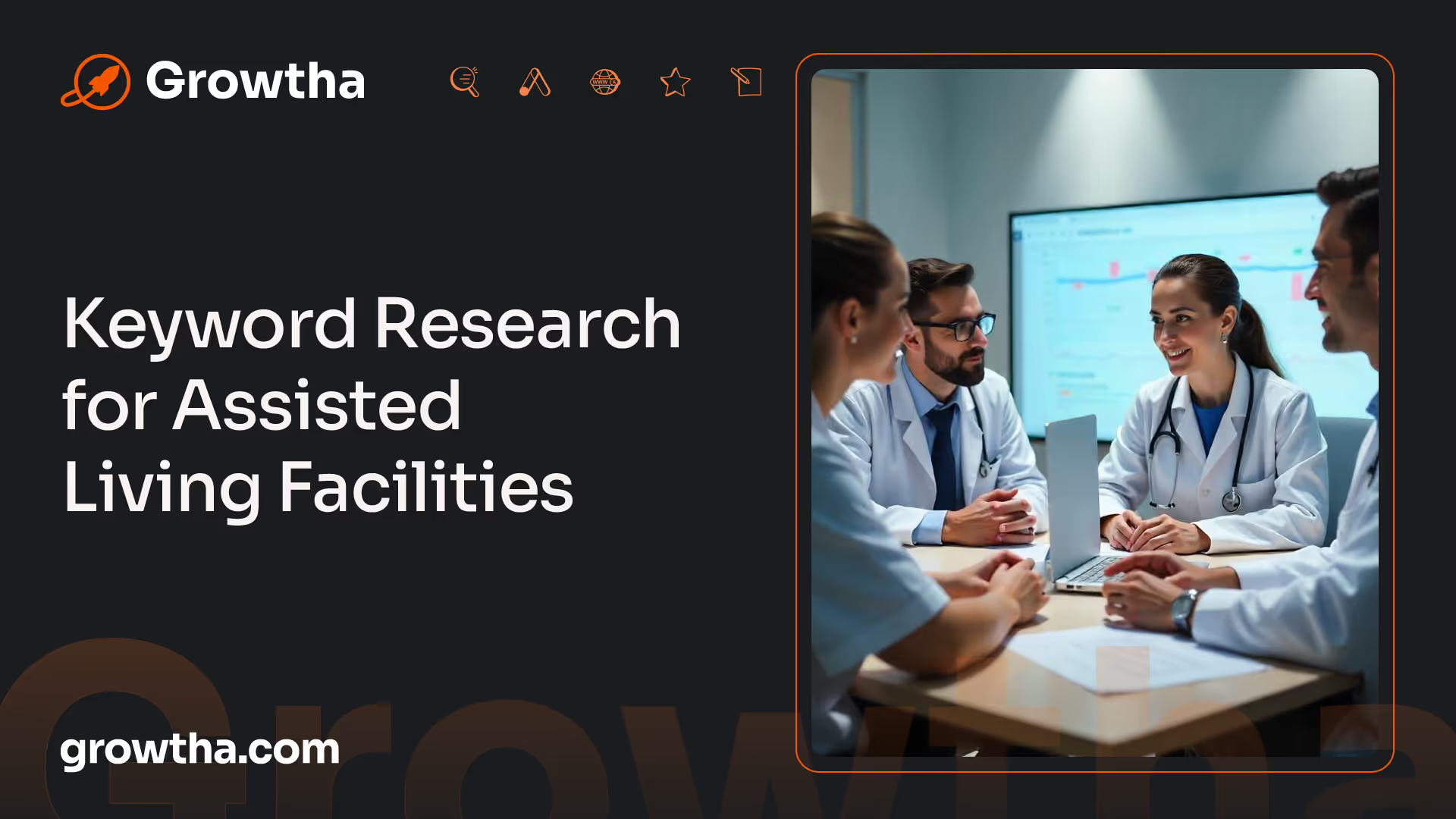
Identifying Relevant Keywords for Your Facility
When performing keyword research for your assisted living facility, it's important to consider the terms and phrases that potential residents and their families are likely to search for. These keywords should accurately represent the services and amenities your facility offers.
To identify relevant keywords, you can utilize keyword research tools that provide insights into search volume, competition, and related keywords. Additionally, you can brainstorm keywords based on the unique aspects of your facility, such as location, specialized care services, or amenities.
Here are a few examples of relevant keywords for an assisted living facility:
By incorporating these keywords strategically throughout your website content, meta tags, and headings, you can increase the likelihood of appearing in search engine results for relevant queries.

Utilizing Long-Tail Keywords for Targeted Traffic
In addition to broad keywords, it's important to utilize long-tail keywords in your SEO strategy. Long-tail keywords are more specific phrases that typically have lower search volume but higher intent. By targeting long-tail keywords, you can attract more targeted traffic to your website and reach potential residents who are actively searching for the specific services your facility offers.
Here are a few examples of long-tail keywords for an assisted living facility:
By incorporating these long-tail keywords strategically in your website content and blog articles, you can attract a highly targeted audience that is more likely to convert into inquiries or admissions.
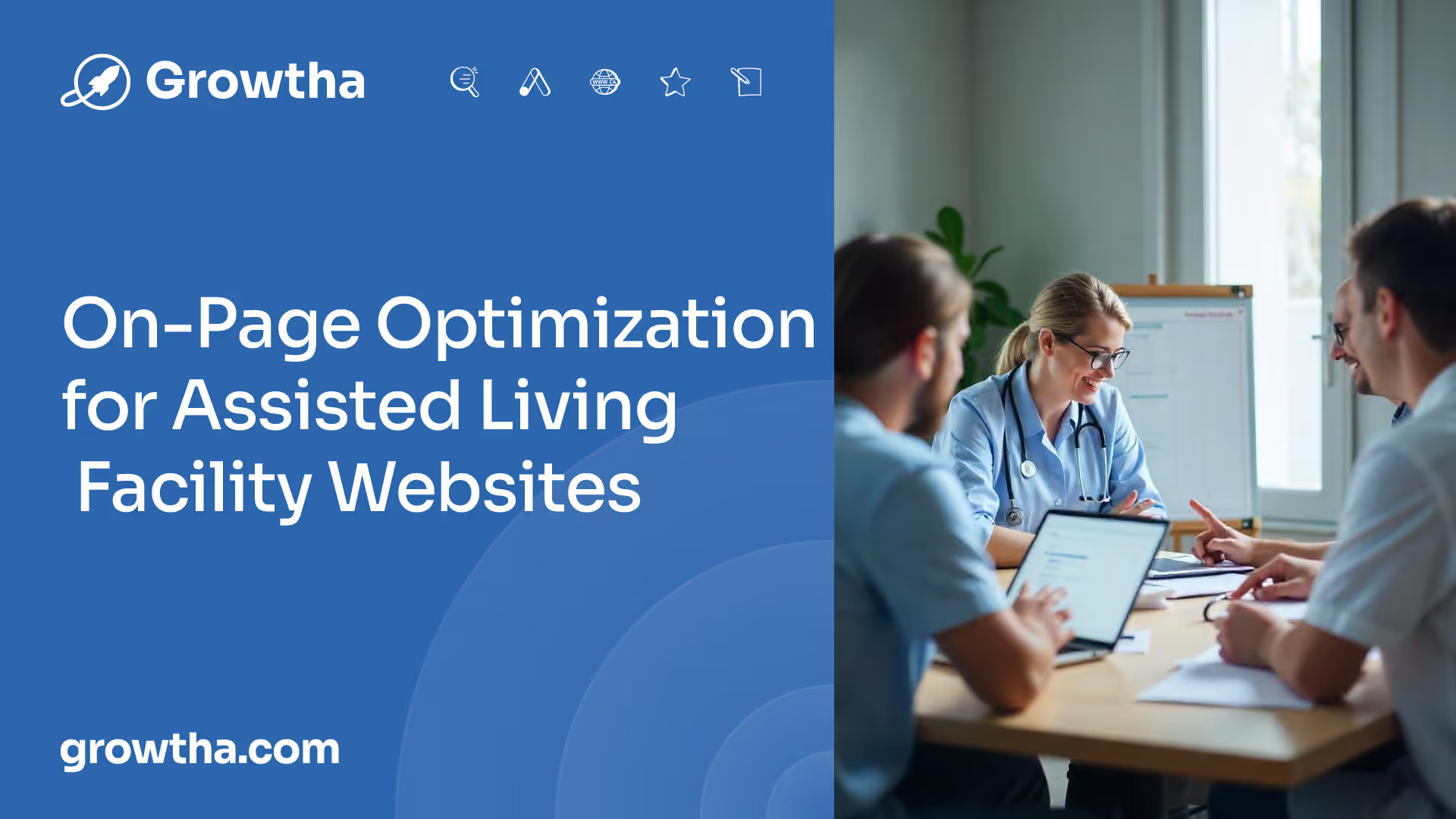
Remember, effective keyword research is an ongoing process. Continuously monitor and analyze keyword performance to identify new opportunities and refine your SEO strategy. By staying up-to-date with keyword trends and adjusting your website content accordingly, you can maximize your facility's online visibility and attract the right audience.
On-Page Optimization for Assisted Living Facility Websites
To improve the visibility and search engine ranking of assisted living facility websites, on-page optimization plays a crucial role. By implementing effective on-page optimization strategies, these websites can attract more organic traffic and improve their online presence. Two key areas to focus on for on-page optimization are optimizing meta tags and descriptions, as well as incorporating keywords in heading tags and content.

Optimizing Meta Tags and Descriptions
Meta tags and descriptions provide important information to search engines and potential visitors. By optimizing these elements, you can improve the relevance and visibility of your assisted living facility website in search engine results pages (SERPs). Here are a few key considerations:
- Title Tags: The title tag is an HTML element that represents the title of a webpage. It should be concise, descriptive, and include relevant keywords to accurately reflect the content of the page. Aim for a length of around 50-60 characters to ensure it displays properly in SERPs.
- Meta Descriptions: Meta descriptions provide a summary of the webpage's content. They should be compelling, informative, and include relevant keywords to attract users to click through to your website. Aim for a length of around 150-160 characters to ensure it displays properly in SERPs.
- URL Structure: Ensure that your URLs are search engine-friendly and include relevant keywords. Use hyphens to separate words and keep URLs concise and descriptive.
Incorporating Keywords in Heading Tags and Content
Including relevant keywords in heading tags and content is essential for on-page optimization. Search engines use these elements to understand the context and relevance of your assisted living facility website. Here are some best practices to consider:
- Heading Tags: Use heading tags (H1, H2, H3, etc.) to structure your webpage content. Include your target keywords in these tags to indicate the main topics covered on the page. However, ensure that the headings are natural and provide value to readers.
- Content Optimization: Create high-quality, informative, and engaging content that incorporates relevant keywords naturally. Avoid keyword stuffing, as this can harm your website's ranking. Focus on providing valuable information to your audience while using keywords strategically throughout the content.
- Keyword Placement: Place keywords in strategic locations such as the page's title, subheadings, introduction, and conclusion. Sprinkle them naturally throughout the content, but be mindful of maintaining readability and avoiding overuse.

By optimizing meta tags and descriptions, as well as incorporating keywords in heading tags and content, you can enhance the on-page optimization of your assisted living facility website. Remember to prioritize user experience and provide valuable information to your audience while leveraging SEO best practices.
Creating High-Quality Content
When it comes to optimizing your assisted living facility website for search engines, creating high-quality content is essential. Not only does it provide valuable information to your audience, but it also plays a crucial role in improving your search engine rankings. Here are two key aspects to focus on when creating content for your assisted living facility website.

Developing Informative and Engaging Content
Developing informative and engaging content is a vital component of any successful SEO strategy. Your content should address the needs and concerns of your target audience, providing them with valuable information about your facility and the services you offer. By doing so, you establish your expertise and build trust with potential residents and their families.
Consider incorporating the following elements when developing your content:
- Facility Overview: Provide a comprehensive overview of your assisted living facility, including details about amenities, care services, and the overall environment. Highlight what sets your facility apart from others in the area.
- Staff Expertise: Showcase the qualifications and experience of your staff members. Emphasize their expertise and dedication to providing exceptional care for residents.
- Activities and Programs: Describe the various activities, programs, and social opportunities available at your facility. This can include fitness classes, cultural outings, hobbies, and more.
- Testimonials: Include testimonials from satisfied residents or their families. These testimonials can help build trust and credibility.
Remember to keep your content clear, concise, and easy to read. Use headings, subheadings, and bullet points to break up the text and make it more scannable. This approach not only improves the user experience but also helps search engines understand the structure and relevance of your content.

Incorporating Keywords Naturally in the Content
Incorporating relevant keywords naturally in your content is crucial for SEO. Keywords are the words or phrases that people use when searching for information online. By strategically including these keywords in your content, you increase the chances of your website appearing in search engine results for relevant queries.
To identify the right keywords for your assisted living facility, consider the following approaches:
- Research: Conduct keyword research to identify the most relevant and frequently searched terms related to assisted living facilities. Tools like Google Keyword Planner can help you discover popular keywords.
- Long-Tail Keywords: Utilize long-tail keywords, which are longer and more specific phrases that target niche audiences. For example, instead of targeting a broad keyword like "assisted living facility," consider using a long-tail keyword like "memory care assisted living facility in [your location]."
When incorporating keywords into your content, ensure that they flow naturally and do not disrupt the readability of the text. Avoid keyword stuffing, as it can negatively impact your SEO efforts. Instead, focus on creating valuable and informative content that naturally includes relevant keywords where appropriate.
By developing informative and engaging content that incorporates relevant keywords, you can enhance your assisted living facility website's visibility in search engine results and attract more qualified traffic to your site. Remember to regularly update and refresh your content to ensure its relevance and usefulness to your audience.
Building a Strong Backlink Profile
Backlinks play a vital role in SEO for assisted living facilities. They are external links from other websites that direct users to your facility's website. Building a strong backlink profile not only improves your website's authority in the eyes of search engines but also drives more organic traffic to your site. Here, we will explore the importance of backlinks for SEO and strategies for building quality backlinks.
The Importance of Backlinks for SEO
Backlinks are considered a vote of confidence from other websites. When reputable websites link to your assisted living facility's website, search engines perceive it as a validation of your website's credibility and relevance. This can positively impact your search engine rankings, making it easier for potential residents and their families to find you online.
To further understand the importance of backlinks, search engines like Google consider them as one of the top-ranking factors. However, it's important to note that quality matters more than quantity. Having a few high-quality backlinks from authoritative websites is more valuable than having numerous low-quality backlinks.
Strategies for Building Quality Backlinks
Building a strong backlink profile requires a strategic approach. Here are some effective strategies for acquiring quality backlinks for your assisted living facility's website:
- Content Creation: Producing valuable and informative content can attract natural backlinks. Create blog posts, articles, or guides that address common questions or concerns of your target audience. By providing helpful and unique content, other websites may reference or link to your resources.
- Guest Blogging: Reach out to relevant industry websites and offer to write guest blog posts. This allows you to showcase your expertise and include a backlink to your facility's website within the author bio or content. Ensure that the websites you collaborate with are reputable and relevant to your industry.
- Local Partnerships: Establish connections with local businesses, organizations, or healthcare professionals. Explore opportunities for collaboration such as sponsoring events, participating in community initiatives, or providing expert advice. These partnerships can lead to backlinks from their websites, especially if they have a resource or partner section.
- Online Directories and Listings: Submit your facility's information to reputable online directories and listings specific to the assisted living industry. These directories often include a link to your website, helping to improve your online visibility and generate backlinks.
- Testimonials and Reviews: Reach out to industry-related websites, directories, or review platforms and offer to provide testimonials or reviews for products or services that align with your facility. In return, they may include a backlink to your website alongside your testimonial.
Remember, while building backlinks, focus on quality rather than quantity. Seek out reputable and relevant websites that can provide valuable backlinks to your assisted living facility's website. Regularly monitor your backlink profile to ensure the links are relevant, active, and from authoritative sources.
By implementing these strategies, you can strengthen your backlink profile, improve your SEO efforts, and increase the visibility of your assisted living facility online.
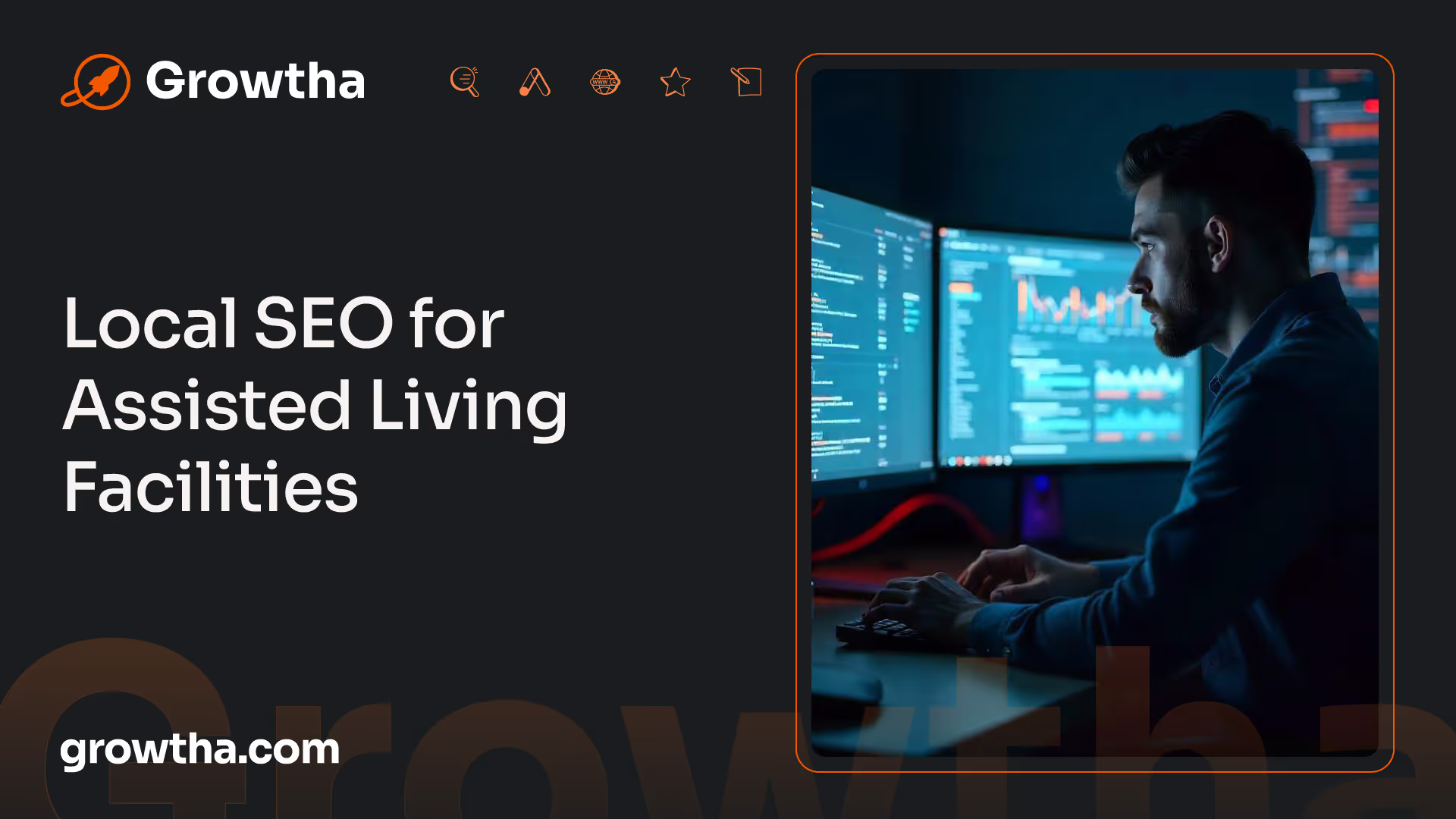
Local SEO for Assisted Living Facilities
When it comes to optimizing the online presence of assisted living facilities, local SEO plays a crucial role. By focusing on local SEO strategies, these facilities can improve their visibility in search engine results and attract potential residents who are searching for their services within a specific geographic area.
In this section, we will explore two essential aspects of local SEO for assisted living facilities: optimizing Google My Business listings and encouraging online reviews and ratings.
Optimizing Google My Business Listings
Google My Business (GMB) is a free tool provided by Google that allows businesses to manage their online presence, particularly in local search results. For assisted living facilities, optimizing their GMB listing is essential for ensuring accurate and detailed information is displayed to potential residents.
To optimize your GMB listing, be sure to:
- Provide accurate and up-to-date information: Ensure that your facility's name, address, phone number (NAP), and other contact details are accurate and consistent across all online platforms.
- Select relevant categories: Choose the most appropriate categories for your assisted living facility to help Google understand your business and display it in relevant search results.
- Write a compelling description: Craft a concise and compelling description of your facility, highlighting its unique features, services, and amenities. Incorporate relevant keywords naturally to improve search visibility.
- Add high-quality images: Include high-resolution images that showcase your facility's interior, amenities, and outdoor spaces. This can help potential residents get a better sense of what your facility has to offer.
- Encourage online reviews: Actively encourage satisfied residents and their families to leave reviews on your GMB listing. Positive reviews not only enhance your facility's reputation but also influence local search rankings.
Encouraging Online Reviews and Ratings
Online reviews and ratings are not only important for building credibility but also play a significant role in local SEO. Positive reviews can improve your facility's visibility in search results and attract more potential residents. Here are some strategies to encourage online reviews and ratings:
- Provide exceptional service: Deliver outstanding care and service to your residents, ensuring their satisfaction. Happy residents and their families are more likely to leave positive reviews.
- Ask for reviews: Actively encourage residents and their families to leave reviews on platforms such as Google, Yelp, or specialized senior care directories. Consider sending follow-up emails or displaying signage in your facility to remind them.
- Make it easy to leave reviews: Provide clear instructions and direct links to review platforms to make the process as simple as possible for residents and their families. Include these links on your website, social media profiles, and email communications.
- Respond to reviews: Engage with reviewers by responding to their feedback, whether it's positive or negative. Show appreciation for positive reviews and address any concerns raised in negative reviews. This demonstrates your commitment to resident satisfaction and helps build trust.
By optimizing your Google My Business listing and actively encouraging online reviews and ratings, you can enhance your facility's local SEO presence and attract more potential residents. Remember to prioritize the delivery of exceptional care and service, as positive experiences are the foundation for earning positive reviews and establishing a strong online reputation.
Monitoring and Analytics
To ensure the effectiveness of your SEO strategies for assisted living facilities, it's essential to track and analyze the performance of your efforts. Monitoring and analytics provide valuable insights that can help you make data-driven decisions and continuously improve your SEO efforts.
Tracking and Analyzing SEO Performance
Tracking the performance of your SEO campaigns is crucial for understanding how well your website is ranking in search engine results and identifying areas for improvement. Here are a few key metrics you should monitor:
- Keyword Rankings: Keep an eye on the rankings of your target keywords to assess your visibility in search results. Track your progress over time and identify any fluctuations that may require adjustments to your SEO strategies.
- Organic Traffic: Monitor the amount of organic traffic your website receives. This metric indicates the number of visitors who find your website through search engine results. Analyze trends in organic traffic to gauge the effectiveness of your SEO efforts.
- Bounce Rate: The bounce rate measures the percentage of visitors who leave your website after viewing only one page. A high bounce rate may indicate that your content or user experience needs improvement.
- Conversion Rate: Analyze the conversion rate, which measures the percentage of visitors who complete a desired action, such as filling out a contact form or requesting more information. This metric helps assess the effectiveness of your website in converting visitors into leads or customers.
- Backlink Profile: Monitor the number and quality of backlinks pointing to your website. A strong backlink profile is an important SEO factor and can contribute to higher search engine rankings.
Making Adjustments for Continuous Improvement
Based on the insights gained from monitoring and analytics, you can make informed adjustments to your SEO strategies. Here are some steps you can take for continuous improvement:
- Content Optimization: Identify high-performing pages and replicate their success by optimizing underperforming pages. Analyze user behavior on those pages, such as time on page and engagement metrics, to determine how to enhance content quality and relevance.
- Keyword Refinement: Continuously refine your keyword strategy based on keyword rankings and search volume data. Identify new keyword opportunities and adjust your content to align with evolving search trends.
- Technical SEO Audit: Regularly conduct technical SEO audits to ensure your website is free from technical issues that may hinder its performance. Check for broken links, page load speed, mobile-friendliness, and other technical factors that can impact search engine rankings.
- Link Building: Use insights from your backlink analysis to identify opportunities for building quality backlinks. Focus on acquiring backlinks from authoritative and relevant websites within the assisted living industry.
- Local SEO Optimization: For assisted living facilities targeting a specific geographic area, optimize your Google My Business listing and encourage online reviews and ratings. This can enhance your local search visibility and attract potential residents in your area.
By consistently monitoring and analyzing the performance of your SEO efforts, you can make data-driven adjustments to improve your website's visibility and attract more relevant organic traffic. Keep refining your strategies based on the insights gained, and stay up-to-date with SEO trends and best practices to maintain a competitive edge in the online landscape.
Sources
- https://www.digitalstrike.com/senior-living-seo-guide-guide
- https://www.webfx.com/assisted-and-senior-living-centers/seo/
- https://elkhq.com/blog/assisted-living-seo
- https://www.podium.com/seo-strategies-for-assisted-living-businesses/
- https://www.bkacontent.com/assisted-living-search-engine-optimization/
- https://www.sixthcitymarketing.com/senior-living-seo/







